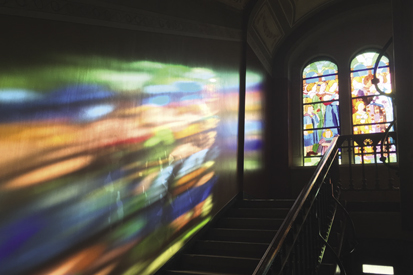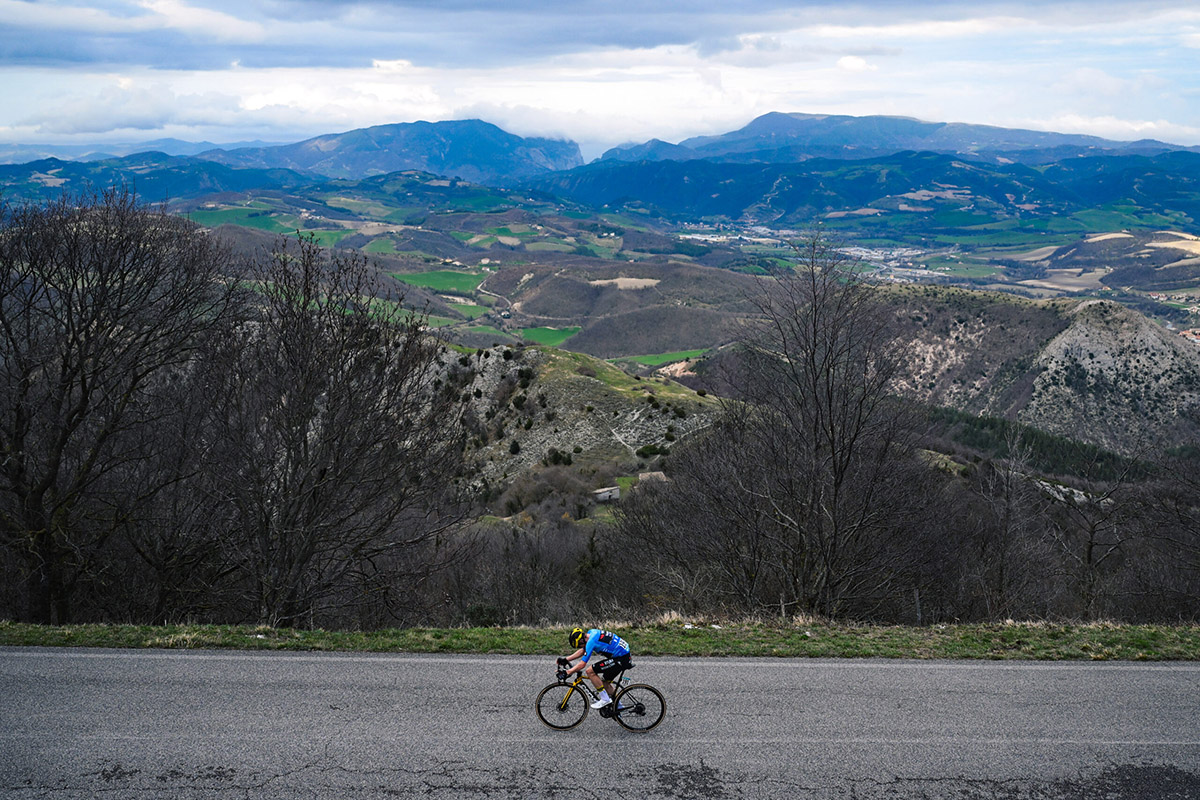Københavns Museum

The story of Copenhagen
TEXT: LOUISE OLDER STEFFENSEN | PHOTOS © VIVI LENA ANDERSEN
This summer, the Museum of Copenhagen reopens in exciting new surroundings near Christiansborg’s Slotsholmen and close to the National Museum and Rådhuspladsen. “We wish to bring the city into the museum and the museum into the city,” says the museum’s director, Louise Jacobsen. “We want to relate the overall story of Copenhagen and its inhabitants, but also to surprise Copenhageners with stories they’ve never heard before, people they don’t know and details and places they’ve never really noticed.”
The museum, which formerly resided in Vesterbro, was shut down for major redevelopment three and a half years ago. “You know when you’re moving house and all sorts of random items and old memories turn up when you’re packing? That was a very exciting process here, if a bit overwhelming, as we moved our extensive storage facilities too. So many interesting things appeared, some of which we’ll be able to display at the museum, some digitally, and some at the new joint History & Art archives we’re also setting up.”
During the move, the museum has retained its research and archaeological duties. As Copenhagen changes, it is the museum’s responsibility to inspect, protect and advise on the city’s archaeological excavations. That includes the 1,000-year-old burial ground recently discovered during the metro expansion at Rådhuspladsen, which looks set to change our perspective on Copenhagen’s earliest history.
“We’re very keen to draw in all the different areas we cover and present them in ways that’ll surprise and connect the modern city and the past,” Jacobsen explains. “We want the garden, for example, to be a natural meeting place for local people as well as being between the past and present Copenhagen, so we’re making it into a gentle exhibition space using seeds discovered at another recent dig-out to recreate the kind of environment that a Copenhagener might have wandered through hundreds of years ago.”
The late-19th-century building at Stormgade 18 has housed various administrative departments, but never been open to the general public before. “It’s a beautiful place with its own Copenhagen history that we’re keen to keep visible. One of my favourite parts is a glass mosaic by Agnes Slott Møller, which comments on women’s standing in 1902, 13 years before women’s suffrage. The building really lends itself to telling Copenhagen’s stories, both chronologically and topographically,” Jacobsen concludes. “We’re very excited to see what the public thinks of the new version of our beloved model of Copenhagen, and we’ll have lifesize details of Copenhagen scattered all over the museum to help people of all ages and interests explore their specific interests in the city.”
Subscribe to Our Newsletter
Receive our monthly newsletter by email





